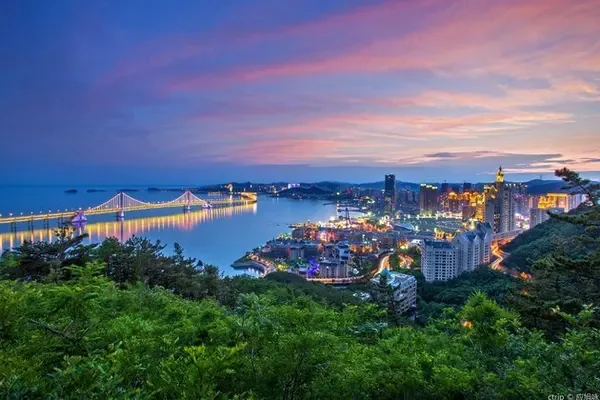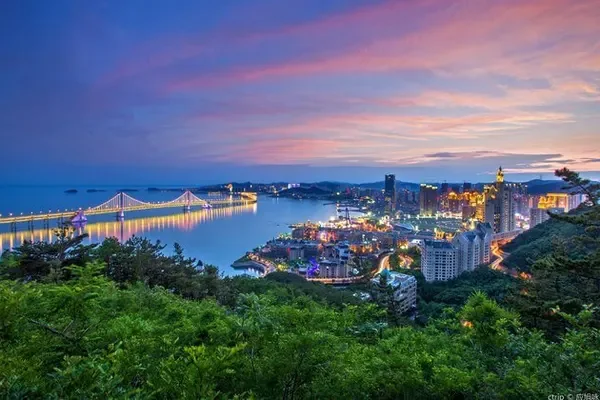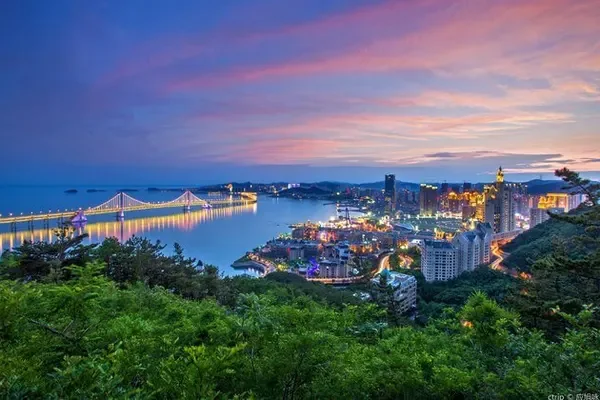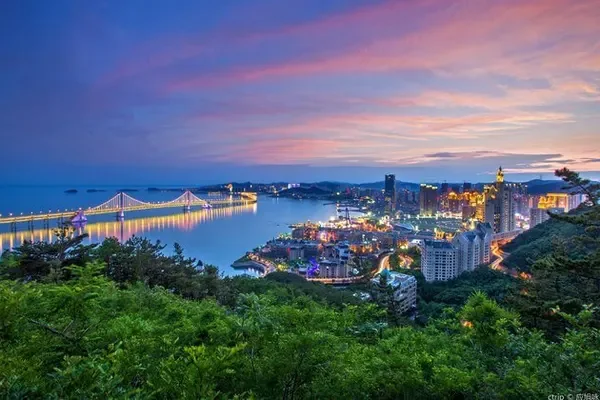
Entering the gate of Shuidonggou, a building that looks like a stone core and stone tool is displayed in front of people's eyes. It has a unique shape. Ah, what kind of building is this? What story is hidden in this building?

Now, let us enter the cultural corridor of the prehistoric site ----- Shuidonggou Site Museum to unveil its mysterious veil.
The Shuidonggou Ruins Museum is the only museum in western my country with the theme of displaying the appearance of the Paleolithic. Why do we need an architectural shape resembling a "stone leaf"? Let's take a good look at this museum.


Where did the human beings who thrived in the Shuidonggou civilization go? Now we approach this high-tech real-life experience hall to experience the happy and thriving life of forming a tribe in Shuidonggou. The Shuidonggou people were forced to migrate.

Some people think that they returned all the way north and reached the generation of Inner Mongolia and Russia, while others think that they followed the principle of survival of the fittest and integrated into other ethnic groups during their continuous migration.

As early as more than 90 years ago, the simple flat-roofed house in front of you was a veritable "five-star hotel". Due to its complete facilities and beautiful environment, it can be called a "luxury presidential room".

At the same time, here is also an inseparable relationship with the archaeological excavation of Shuidonggou. With the friendly reception and cooperation of the owner and his wife, the French geologist De Rijin and the famous French biologist Sang Zhihua moved into Shuidonggou, along the north bank of the Yellow River. It went directly to Shuidonggou for scientific investigation and archaeology, making it the earliest cultural site of the late Paleolithic age discovered and excavated in China, and made a major contribution to Chinese prehistoric archeology. It was this excavation that corrected the absence of Paleolithic age in China Wrong assertion, opened a new chapter in my country's archaeological research. In this way, Zhang San's shop became famous in the international paleontology circle.

What did early human houses look like? In the ancient times when there were "rare human traces and beasts everywhere", primitive humans, like wild animals, were constantly looking for a shelter in nature for their own safety and reproduction, thus launching a struggle to drive out the beasts.

If you don't reach the Great Wall, you are not a hero---Ming Great Wall

The statement about time and space travel in Shuidonggou is by no means groundless!
Climb up the Shuidonggou step-by-step ladder, below the steps is the site of ancient humans from 40,000 years ago;

Above the steps is the earth-rammed Great Wall of the Ming Dynasty 500 years ago. The ancients used their ingenuity to build a three-dimensional military defense system of Shuidonggou. Such a humanistic landscape spanning thousands of years is unique in China and even in the world. Today we climb the Great Wall together to be heroes, learn the spirit of Ningxia, experience the beauty of crossing two provinces with one foot, travel through 500 years, and enter the era of bloody and chaotic wars.

Wild Prairie Walk
After crossing the ruins of the Great Wall of the Ming Dynasty, you came to the Tatar Waci to recuperate 500 years ago. The wild Mongolian steppe area galloping across the battlefield. In the vast and beautiful wild grassland, you will walk into the Mongolian house to see the lonely smoke in the desert and the sunset in the long river;



Shuidonggou Scenic Area preserves the ancient Yadan landforms in my country, soil forest landscape, wind-eroded canyon; desert Hanyuan;

Pools and lakes, green and green reeds, lake wetlands, reeds and water swings, and various "alternative" primitive means of transportation bring you freshness and adventures. Watch the Great Wall by the water, listen to thick Northwest folk songs, and enjoy the journey of slow time. In addition, look at the deep Grand Canyon where hundreds of film and television works such as "A Chinese Journey to the West", "Jinyiwei", "Qiao Family Courtyard" and so on have been filmed, and feel the ancient times.








The institutions are densely covered, and there are rare caves for hiding soldiers in the world.

"Soldiers are deceitful." Did you watch the movie "Tunnel Warfare" when you were young? The guerrillas in the North China Plain used the secret tunnel to beat the Japanese devils to the ground, causing heavy casualties! Compared with the tunnels, the Ming Dynasty Tibetan Army Cave in Shuidonggou, Ningxia is more fascinating!

Shuidonggou Tibetan Army Cave is one of the most complete military systems preserved so far in China. The Tibetan Army Cave has unique caves and secrets. When tourists come here, there are holes to drill, strange things to find, hidden places to explore, and dangers to find. It is a pity that you can have close contact with ancient facilities and have a direct dialogue with ancient civilizations.





